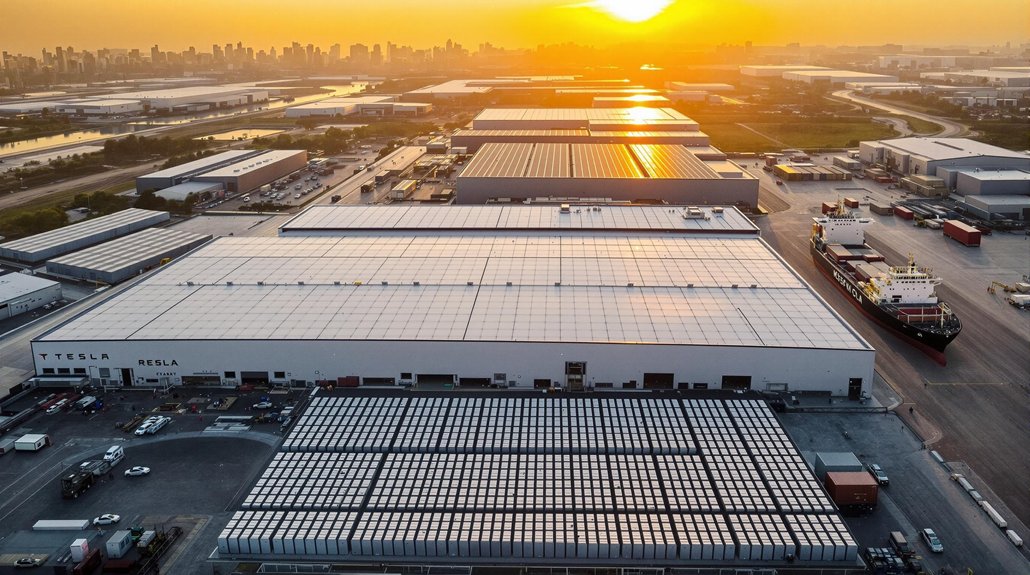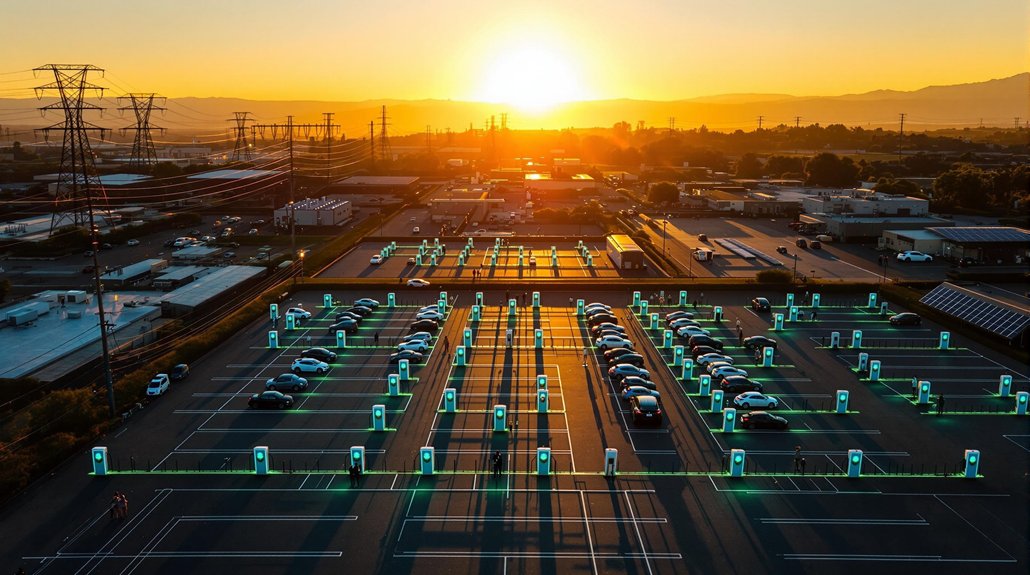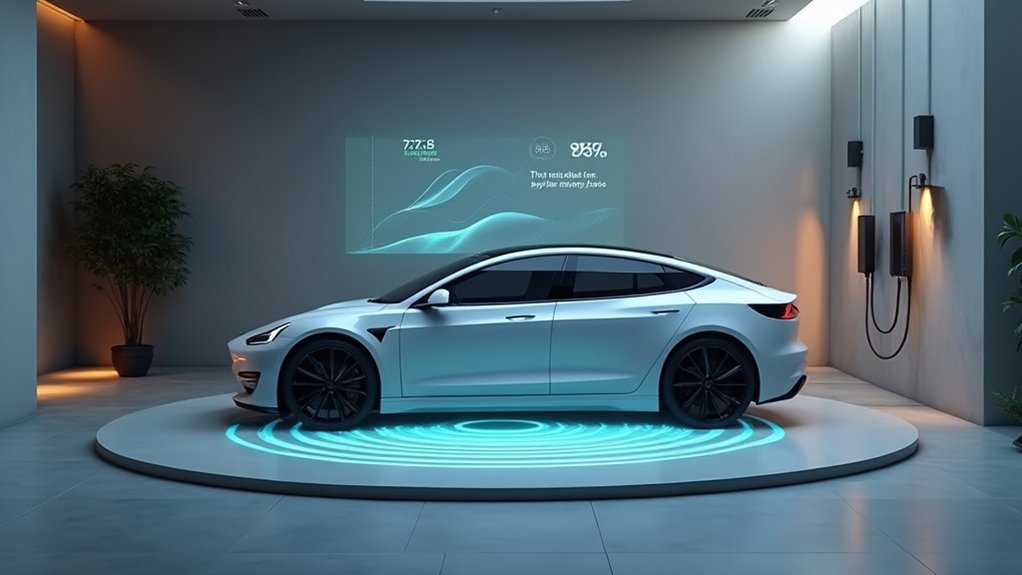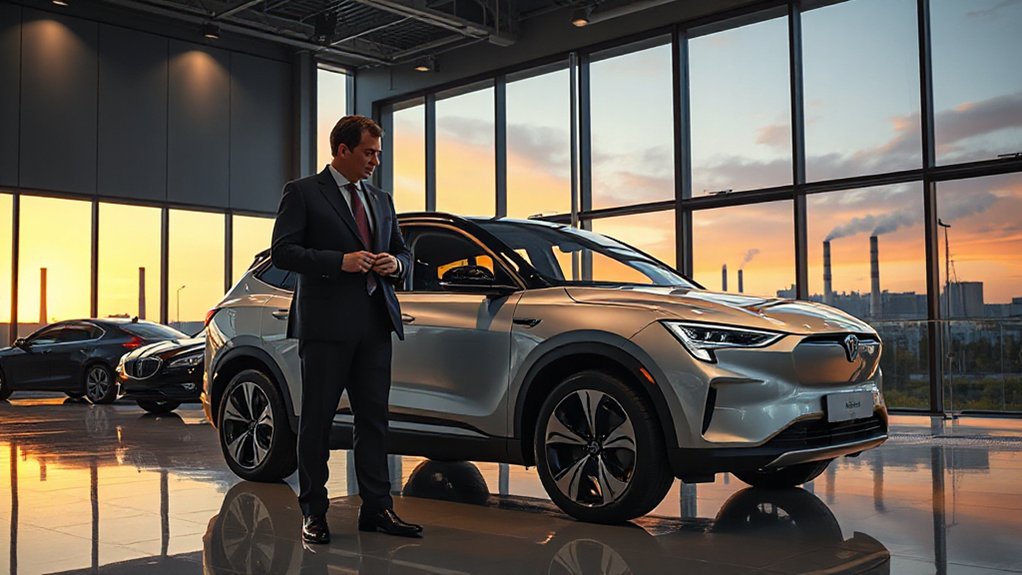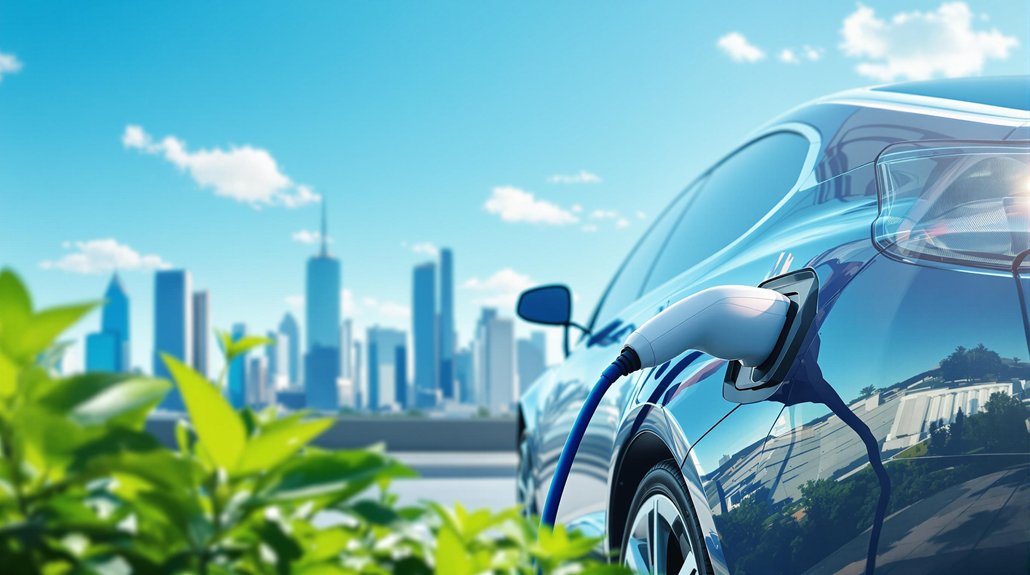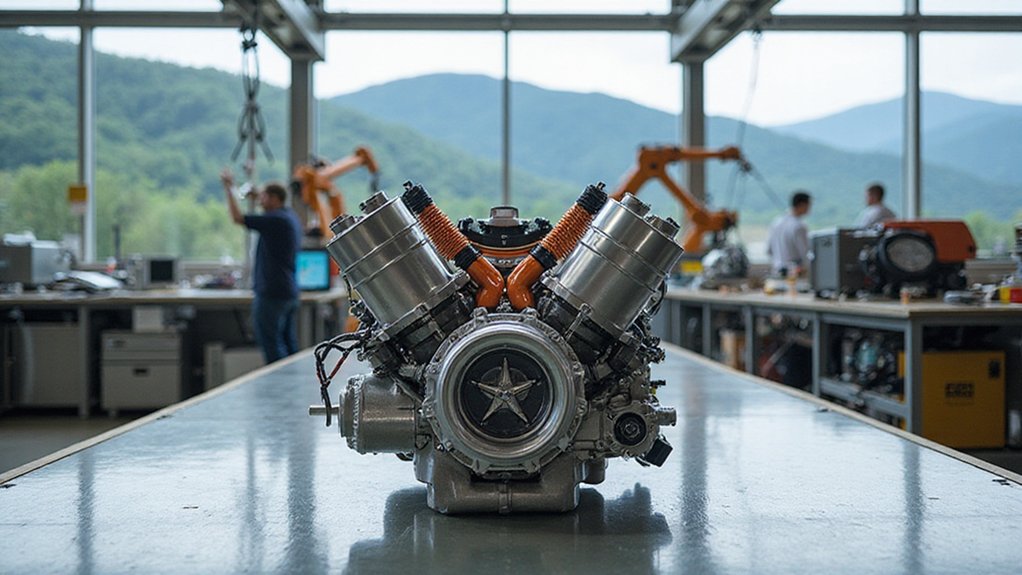Tesla’s Shanghai Megafactory is revolutionizing energy storage. Opened February 2025, this $202 million facility pumps out 10,000 Megapack units annually—that’s 40 GWh capacity. First exports shipped to Australia in March. Each Megapack powers 3,600 homes for an hour. Built in nine months with 95% local suppliers, it’s Tesla’s first storage factory outside America. The China-US collaboration might just be what the renewable energy shift desperately needs.
Tesla has released a game-changer in the energy world. The company’s brand-new Shanghai Megafactory kicked off operations on February 11, 2025, marking Tesla’s first energy storage facility outside American soil. And they didn’t exactly start small. The facility spans a massive 200,000 square meters and cost a cool 1.45 billion yuan—that’s $202 million for those keeping score at home. Most impressive? They built the whole thing in just nine months. Nine. Months.
The numbers behind this operation are mind-boggling. We’re talking 10,000 Megapack units annually, delivering 40 GWh of energy storage capacity. Each Megapack isn’t just a battery—it’s a powerhouse storing over 3.9 MWh of energy. Enough to power 3,600 homes for an hour. Tesla isn’t playing around with their growth targets either. They’re gunning for a 50% year-on-year increase in deployments. Ambitious? Sure. Impossible? Not for Tesla.
Tesla’s Megapack isn’t just big—it’s revolutionary, with the power to energize thousands of homes while charging toward ambitious growth targets.
The company wasted no time proving the factory’s worth. Their first export left Shanghai Port on March 21, 2025, headed for Australia. That’s right—they went from launch to export in about a month. Talk about hitting the ground running.
This facility isn’t just about making batteries. It’s about revolutionizing energy storage globally. The Megafactory supplements Tesla’s existing Gigafactory Shanghai, cementing “Made in China” credentials in international energy markets. The integration with local suppliers exceeds 95%, creating a remarkably efficient production ecosystem. The technology mirrors what powers Tesla vehicles, featuring integrated systems, modular design, and those fancy over-the-air updates everyone loves.
The benefits extend beyond business. These massive battery packs help stabilize energy grids, prevent those annoying blackouts, and reduce dependence on gas plants. They’re fundamentally the unsung heroes making renewable energy practical on a large scale. With lithium-ion batteries experiencing an 87% price drop since 2010, Tesla’s timing couldn’t be better for mass deployment.
For China, it’s an economic win too. Foreign investment? Check. New energy storage industrial clusters? Check. Enhanced supply chain efficiencies? Double check. The project particularly exemplifies successful China-US collaboration in the high-tech sector. Seems like everybody wins—except maybe the fossil fuel industry. Tough luck.
